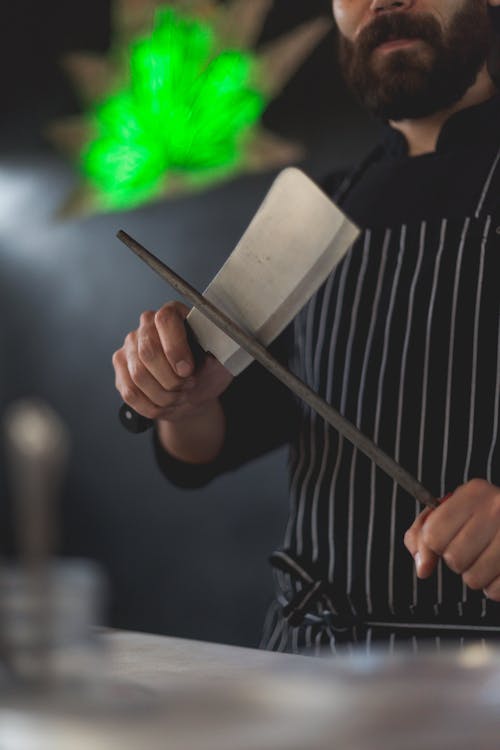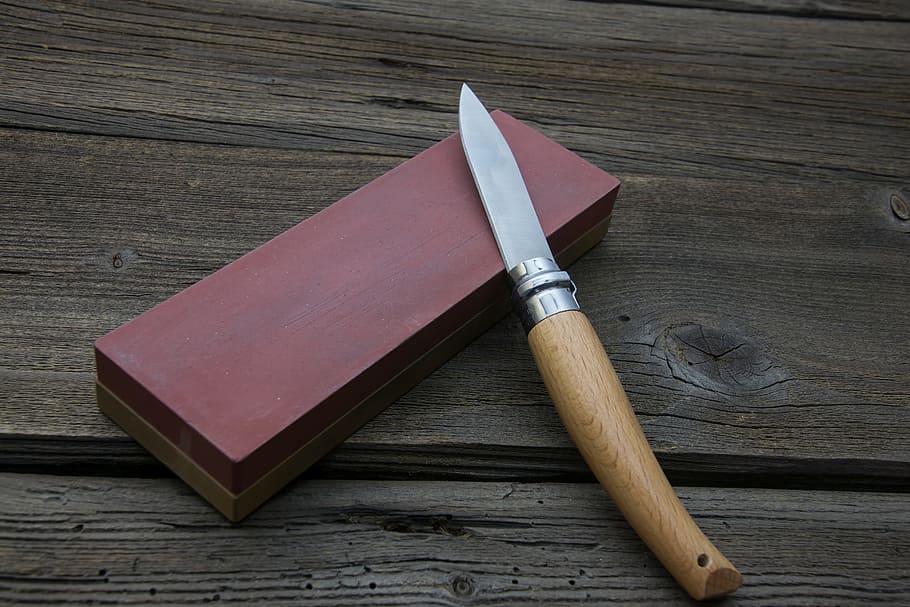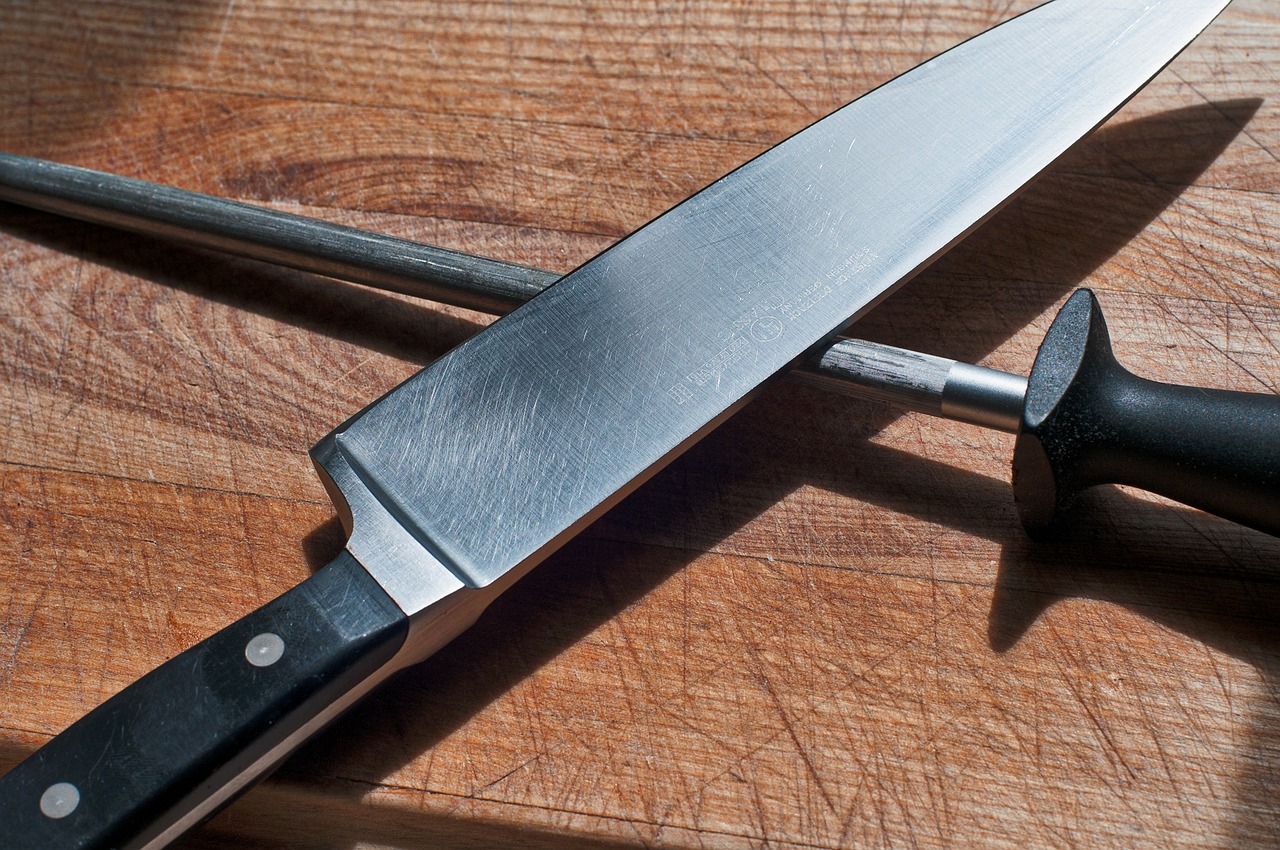
How to Sharpen a Knife: Keeping Your Blades Razor-Sharp
Cooking is a joyful experience, and having sharp knives is essential for efficient meal preparation. In this article, we’ll explore different methods to sharpen your knives, whether it’s using a whetstone, a sharpening steel, or a knife sharpener. We’ll also provide safety instructions and tips on caring for your knives to ensure their longevity.
Safety Instructions Before Sharpening Your Knives
When working with sharp tools like knives, it’s crucial to prioritize safety. Always hold the knife by the handle, avoiding contact with the blade or getting too close to it. This minimizes the risk of accidents and ensures a secure grip while sharpening.
custom baseball jerseys
football jerseys
Nike Air Max 270 white
nike air max womens
Jerseys for Sale
nike air jordan sneakers
nike air jordan shoes
nike air jordan 1
best couples sex toys
adidas promo code
nike air max for sale
custom football jerseys
custom hockey uniforms
nike air max shoes
nike air jordan 4 retro
nike air max for sale
Option 1: Sharpen a Knife with a Whetstone

Using a whetstone requires some practice, but it’s a reliable method to achieve a razor-sharp edge. Here’s a step-by-step guide:
- Select a universal whetstone measuring around 18 cm and place it on a non-slip base.
- Determine whether the stone requires water or can be used dry.
- If water is needed, thoroughly moisten the stone before starting.
- Hold the knife perpendicular to the stone, which is laid horizontally on your work surface.
- Find the proper angle by raising the blade to 90°, then lowering it by half twice, resulting in an angle of approximately 22°.
- Apply firm pressure and move the blade up and down several times.
- Test the cutting edge with the pad of your thumb and repeat the process if necessary.
- Repeat the same steps on the other side of the blade.
- Rinse and dry the knife and then clean the whetstone.
Option 2: Sharpen a Knife with a Sharpening Steel

A sharpening steel, commonly found in many households, is an effective tool for maintaining knife sharpness. Here are two methods to use it correctly:
Method 1 – Sharpening Steel in One Hand, Knife in the Other:
- Place the knife’s tip on top of the sharpening steel, with the blade flat.
- Set the blade at a 20° angle to the steel.
- Slide the blade gently, pressing lightly up and down, starting from the tip and making a semi-circular motion along the entire edge.
- Repeat this motion, alternating between top and bottom, for about 6 to 8 times to achieve a razor-sharp blade.
Method 2 – Using the Sharpening Steel on a Stand:
- Position the sharpening steel perpendicular to the surface, pointing downwards.
- Place a cloth or folded tea towel on the table to prevent slipping.
- Hold the knife firmly and rest its tip on the cloth.
- Angle the knife blade at approximately 20° to the steel.
Slide the blade in a semicircular motion from the tip to the hilt, ensuring the entire blade passes over the steel.
- Repeat the process on the other side of the sharpening steel.
- Pass the blade back and forth between 6 to 8 times over the steel.
Option 3: Sharpen a Knife with a Knife Sharpener
A knife sharpener is a convenient tool that quickly refreshes the cutting edge of your knives. Here’s how to use it:
- Place the knife blade in the designated notch of the sharpener.
- With a back-and-forth motion, move the knife through the notch.
- Repeat the process until the desired sharpness is achieved.
Caring for Your Knives
To ensure the longevity of your knives, proper care is essential. Here are some tips to keep them in good condition:
- Hand-wash your knives after each use and thoroughly dry them. Avoid using the dishwasher as it can cause friction and damage to the blades. Certain foods and detergents can also harm the metal.
- Store your knives in a block or on a rack, protecting them from friction with other utensils and preventing exposure to humidity.
- Note that wooden handles are not dishwasher-safe and should be cleaned separately.
By following these methods for sharpening your knives and practicing proper care, you can enjoy the benefits of razor-sharp blades in your kitchen. Remember, safety is paramount when working with sharp tools, so always handle knives with caution. Keep your knives well-maintained, and they will serve you well in your culinary adventures.
We hope you have found this article helpful! Stay tuned for more informative content to enhance your cooking experience.











